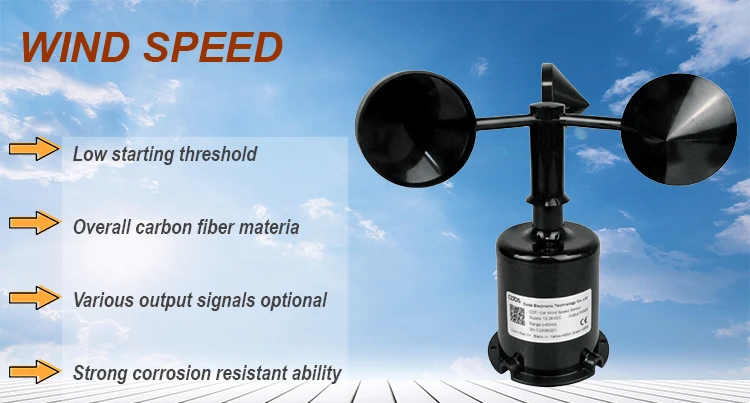
# Wind Direction Measuring Instrument
## Understanding Wind Direction Measurement
Wind direction is a crucial meteorological parameter that helps us understand weather patterns, predict storms, and optimize various industrial processes. Measuring wind direction accurately requires specialized instruments designed to detect and record the compass direction from which the wind originates.
## Types of Wind Direction Measuring Instruments
### 1. Wind Vanes
The most traditional instrument for measuring wind direction is the wind vane. This simple yet effective device consists of an arrow or other asymmetrical shape mounted on a vertical rod. The arrow points into the wind, indicating the direction from which the wind is blowing.
### 2. Anemometers with Direction Sensors
Modern anemometers often combine wind speed measurement with direction detection. These instruments typically use electronic sensors to provide precise digital readings of both parameters simultaneously.
### 3. Sonic Anemometers
Advanced sonic anemometers measure wind direction by analyzing how sound waves are affected by wind movement. These instruments can provide highly accurate measurements without any moving parts.
## How Wind Direction Instruments Work
Wind direction measuring instruments operate on different principles:
– Mechanical vanes rotate to align with wind flow
– Electronic sensors detect changes in resistance or capacitance
– Ultrasonic systems measure time-of-flight differences
– Potentiometers convert angular position to electrical signals
## Applications of Wind Direction Measurement
Accurate wind direction data is essential for:
– Weather forecasting and climate studies
– Aviation and maritime operations
– Wind energy production optimization
– Agricultural spraying operations
– Pollution dispersion modeling
– Architectural wind load calculations
## Choosing the Right Instrument
When selecting a wind direction measuring instrument, consider:
– Required accuracy and resolution
– Environmental conditions (temperature, humidity, etc.)
– Maintenance requirements
– Data logging capabilities
– Power requirements
– Budget constraints
## Maintenance and Calibration
Regular maintenance ensures accurate measurements:
– Clean sensors periodically
– Check for mechanical wear
– Verify alignment with true north
– Perform regular calibration checks
– Protect from extreme weather when possible
## Future Developments
Emerging technologies in wind direction measurement include:
– Miniaturized MEMS sensors
– AI-powered data analysis
– Wireless sensor networks
– Improved materials for harsh environments
– Integration with IoT systems
Wind direction measuring instruments continue to evolve, providing more accurate and reliable data for various scientific and industrial applications. Understanding these tools helps professionals make better decisions based on wind behavior patterns.
Keyword: instrument measure wind direction
No Responses